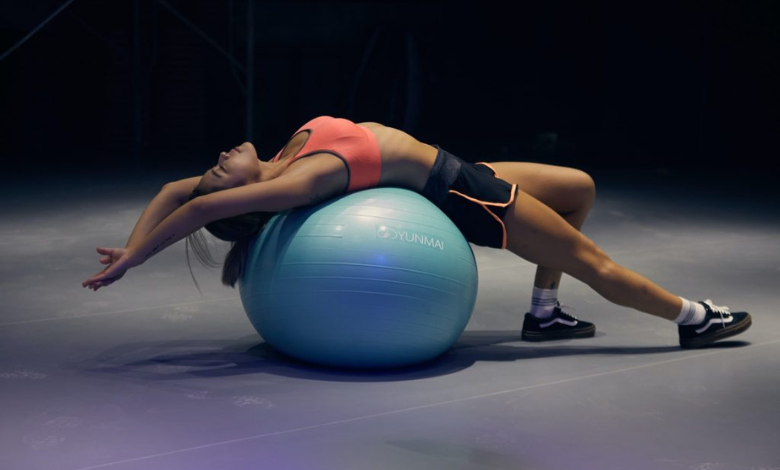Entertainment
Oefen vir die regte postuur

When you hear the word “posture,” you might think of girls at a finishing school walking around with books on their heads.
According to research findings from Ohio State University, people with good posture have more confidence than those who slouch.
Prof. Geoffrey Miller, author of The Mating Mind, says a good body posture can benefit your health and fitness in various ways.
“You look taller, slimmer, and younger, feel more energetic, and it enhances your mental health.”
A good posture improves blood circulation, reduces your chances of back pain and joint stress. You will also feel more energetic because when your posture is correct, your ligaments and tendons don’t have to work as hard to keep your body balanced. People with good posture have a higher pain threshold, allowing them to feel more in control and endure pain and stress.
According to the Journal of Experimental Psychology, poor posture does the opposite: it increases your sensitivity to pain.
When you’re in the habit of sitting, lying, or standing incorrectly, you can permanently alter the natural curve of your spine. The consequences are not just sore muscles but can lead to more serious health issues like arthritis and carpal tunnel syndrome, where the nerves between the forearm and palm are compressed. This causes a persistent pins-and-needles sensation in the thumb, index, and middle fingers. Other consequences include chronic headaches, damage to the cushions between your vertebrae, and acute ligament and muscle injuries of the spine.
Incorrect Sitting
These days, the biggest culprit is long hours in front of a computer, television, or in the car. Adults spend ten or more hours a day in front of a computer and in the car.
“A human body is just not designed to stay in one position for long hours,” says Pippa Bowden from Ergotherapy in Cape Town. “That’s why you get tired and later start feeling uncomfortable after sitting for hours in front of the computer or TV.”
Pippa says the first muscles to tire when you sit incorrectly are those that help keep your spine in a neutral position. As a result, we start leaning on our arms, leaning forward, or sitting hunched to compensate for the discomfort by using other muscles. These “helper muscles” are then overloaded and sore.
Continued tension on certain muscles causes muscle spasms.
Try to take a breath while sitting hunched over with your shoulders bent forward. Not easy. It’s also one of the reasons why people who sit bent over for long hours at their desks feel less “awake” than their colleagues who have the correct posture because your body can receive up to 30% less oxygen. Oxygen feeds your brain and other cells.
Riette Landman, a physiotherapist from Pretoria, says your spine has a fantastic “memory.” “You may have been sitting incorrectly in front of the computer, lying down, or standing incorrectly for years. But one day, all this abuse accumulates like a big sum, and by doing the simplest thing, you can experience significant pain. Correcting your posture could save you a lot of pain and suffering.
“When looking straight ahead, you should be able to draw a straight line from the middle of your forehead, nose, chin, sternum, belly button, and between the legs,” says Riette. “Imagine someone pulling you up by your hair to the roof. The way your body adjusts to this action is often an easy way to correct your posture when sitting or standing upright.”
Lerien van Zyl, a physiotherapist from Somerset West, says poor posture usually begins in childhood. “Today’s children spend hours sitting in front of the TV or computer. They’re not as active as years ago, and their muscle tone doesn’t have the opportunity to develop normally – leading to poor posture,” she says.
American research found that more than half of American teenagers’ spines are deformed due to long hours in front of the computer or TV during growth spurts.
How Do I Know If I Have Good Posture?
Riette gives this advice if you want to see if you’re carrying your body correctly:
Stand in front of a mirror and look from the side at your hips. Flatten your back as















